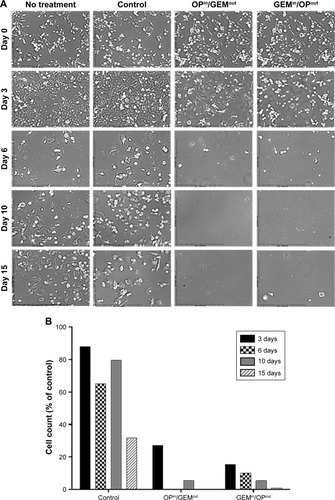Figures & data
Figure 1 Therapeutic design of OP- and GEM-loaded double-layered PLGA cylindrical implants.
Abbreviations: GEM, gemcitabine; OP, oseltamivir phosphate; PLGA, poly(d,l-lactic-co-glycolic acid).
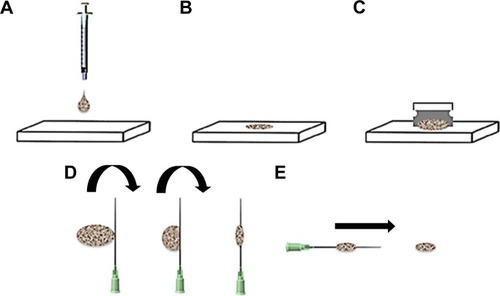
Figure 2 Double-layered PLGA cylinder with 16 mg OP inner layer and 3 mg GEM outer layer (A). Cross-section SEM micrographs of a control cylinder without drug (B) and cylinders containing 16 mg OP (C) and 3 mg GEM (D).
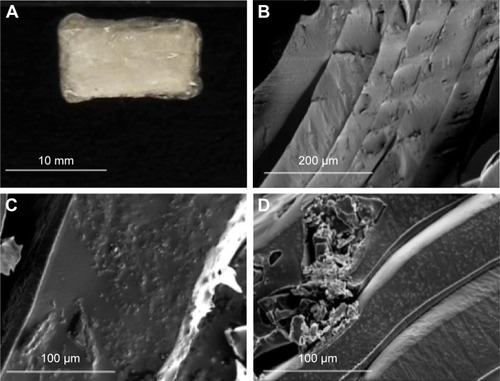
Figure 3 (A) OP and GEM were detected using a 1260 Infinity HPLC and a Poroshell 120 SB-C18 threaded column with mobile phase 60% methanol and 40% 0.04 M ammonium acetate buffer (pH 5.2). Retention times of GEM and OP were 1.1 and 3.0 min, respectively. (B) Calibration curve for OP and GEM using HPLC.
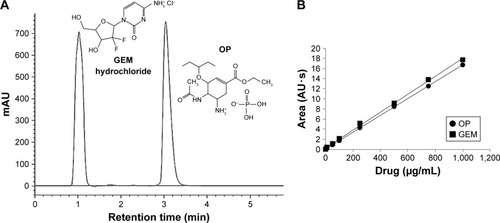
Figure 4 Area under curve of peak representing OP in 0.1 M sodium phosphate buffer (pH 7.4) at 37°C (A). HPLC chromatograms of OP in sodium phosphate buffer at 37°C on day 0 (B) and day 30 (C). HPLC chromatogram of OC (D). HPLC chromatogram of GEM (left peak) and OP (right peak) still encapsulated in an OPin/GEMout cylinder following 15 days in PANC1 cell culture (E).
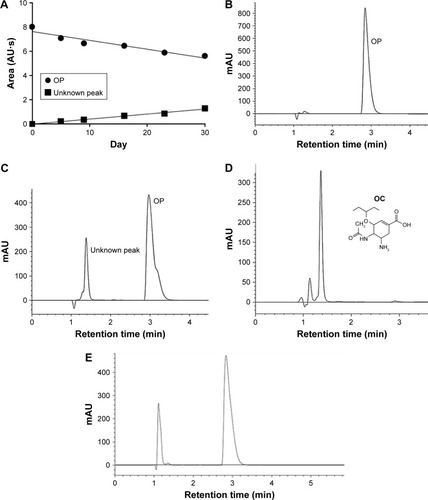
Table 1 Formulations of PLGA cylinders containing OP and GEM and drug release from cylinders after 72 h in 0.1 M phosphate buffer (pH 7.4) at 37°C
Figure 5 Simultaneous release of OP and GEM from inner/outer for OPin/GEMout (A) and GEMin/OPout (B) double-layered PLGA cylinders.
Abbreviations: GEM, gemcitabine; OP, oseltamivir phosphate.
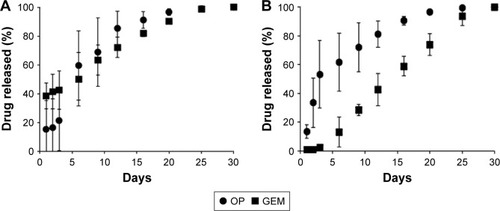
Figure 6 Release profile of OP (•) and GEM (■) from inner/outer OPin/GEMout (A) and GEMin/OPout (B) double-layered PLGA cylinders in comparison to the projected theoretical release of OP (- - -) and GEM (—), which assumes a constant release rate over 30 days.
Abbreviations: GEM, gemcitabine; OP, oseltamivir phosphate.
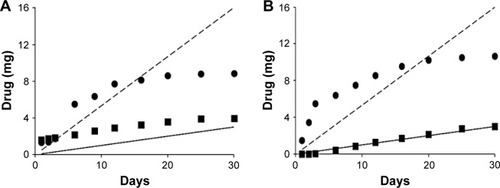
Figure 7 (A) PANC1 untreated cells over 15 days, compared to PANC1 exposed to drug-free blank, and inner/outer OPin/GEMout, or GEMin/OPout cylinders. Scale bar: 508 µm. (B) Viable cell numbers are expressed as a percentage of the untreated cells. The data are a representation of one out of two independent experiments showing similar results.
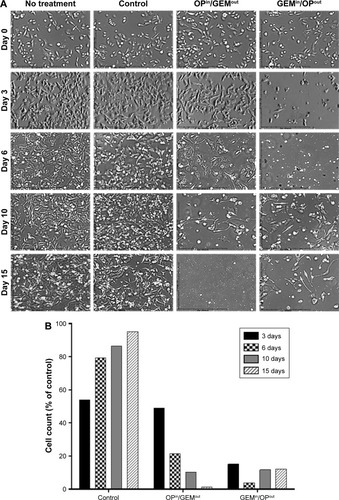
Figure 8 PANC1-GEMR untreated cells over 15 days compared to PANC1-GEMR cells exposed to drug-free blank and inner/outer OPin/GEMout or GEMin/OPout cylinders (A). Scale bar: 508 µm. Viable cell numbers are expressed as percentage of the untreated cells (B). Absence of a bar indicates that no viable cells were present. The data are the representation of one out of two independent experiments showing similar results.
